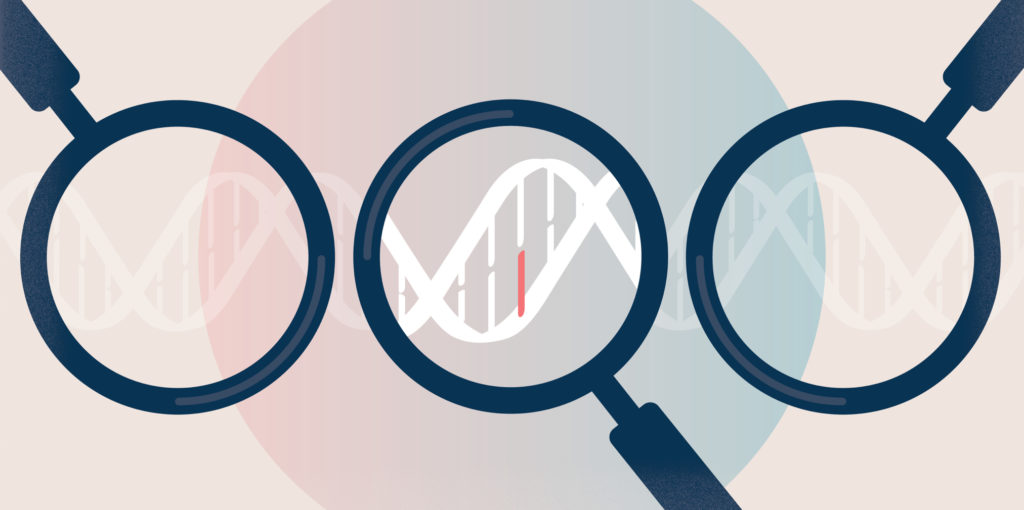
The Importance of Genetic Screening
EPISODE 1 12:01 MINUTES
Summary
Genetic screening is vital for early diagnosis and management of genetic diseases. In this episode, dig into how it works, how it can help treatments reach patients sooner, and how it informs traditional treatments like physical therapy
Genetic screening works to determine which people might have a greater likelihood of developing a specific trait or disease, while genetic testing is concerned with testing an individual for a specific condition.
One method of screening takes the form of a DNA-sized probe to track when its identical sequence is discovered inside the cell. And once that matching code is found and additional tests confirm the match, genetic testing may be conducted, a diagnosis reached, and then treatment prescribed.
There are many different types of screenings, including prenatal genetic screening, which can range from testing amniotic fluid, drawing blood from the mother, and even taking a sample of embryonic cells formed by in-vitro fertilization.
A typical newborn screening looks for a number of conditions, including sickle cell disease, cystic fibrosis, and severe combined immunodeficiencies.
Newborn genetic screening has not only increased the potential for revolutionary treatments to be successful, but it has also dramatically improved other forms of care, like physical therapy.
Spinal muscular atrophy, or SMA, is a disease that affects approximately one in 11,000 infants. When SMA is identified early through screening, the role of physical therapy can be radically different than if the infant hadn’t undergone screening or been formally diagnosed with SMA.
In newborns who aren’t screened, or whose condition is not discovered so early, physical therapy plans may be designed to provide their atrophying muscles with physical support.
But when the condition is identified early, physical therapy can do so much more. It changes from care that focuses on making the baby as physically comfortable as possible to one that can potentially help them reach physical milestones.



